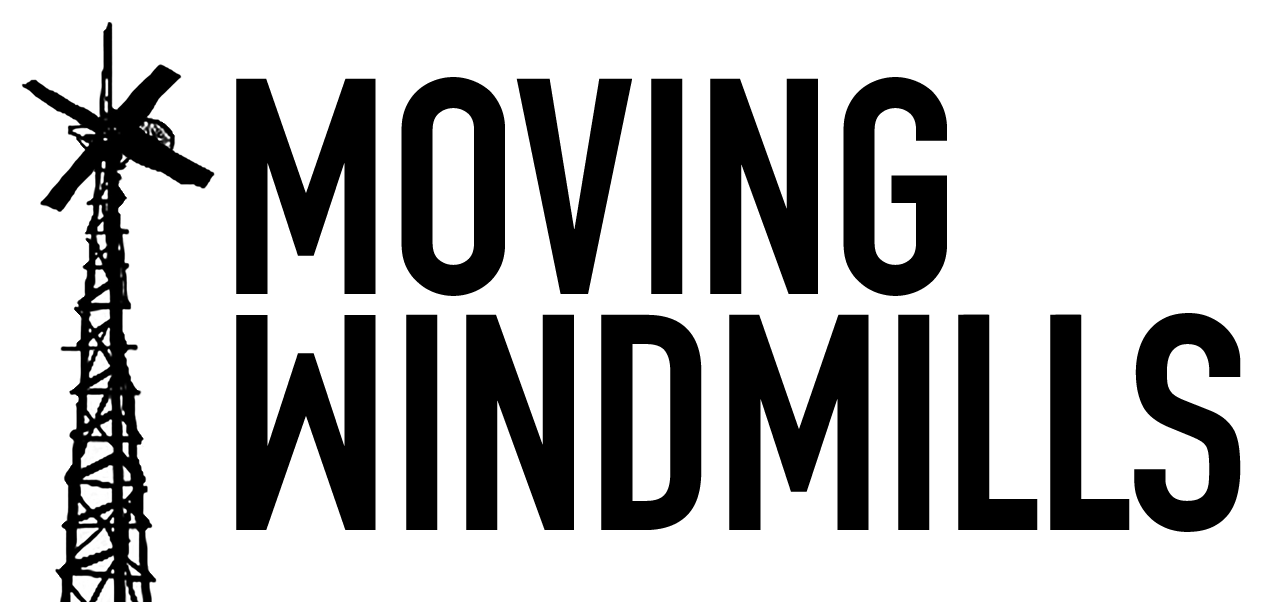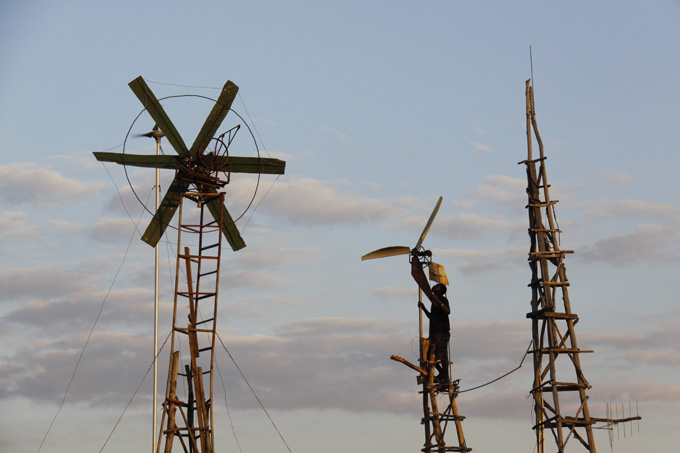Some people see lemons and make lemonade. William Kamkwamba saw wind and made a windmill.
This might not seem like a mighty feat. But Kamkwamba, who grew up in Masitala, a tiny rural farming village off the grid in Malawi, was 14 years old in 2001 when he spotted a photo of a windmill in a U.S. textbook one day and decided to make one, hacking together a contraption from strips of PVC pipe, rusty car and bicycle parts and blue gum trees.
Though he ultimately had big designs for his creation, all he really wanted to do initially was power a small bulb in his bedroom so he could stay up and read past sunset.
But one windmill has turned into three, which now generate enough electricity to light several bulbs in his family’s house, power radios and a TV, charge his neighbors’ cell phones and pump water for the village’s fields and household use.
Now Kamkwamba, 22, wants to build windmills across Malawi and perhaps beyond. Next summer he also plans to construct a drilling machine to bore 40-meter holes for water and pumps. His aim is to help Africans become self-sufficient and resolve their problems without reliance on foreign aid.
“The problem we have is electricity and water problems,” he says. “I want to be tackling all of them at once.”
In a country steeped in superstition and wracked by crushing hardship and government corruption, Kamkwamba’s story is remarkable for its ingenuity and persistence.
Kamkwamba wasn’t a natural-born over-achiever. Before windmills, his biggest ambition was to be a car mechanic. But when he was ejected from public school at 14 because his family couldn’t afford the $80 tuition, his life seemed destined for the planting fields and back-breaking labor of his father, an impoverished maize and tobacco grower. Even that fate fell into question when drought and severe famine struck Malawi, one of Africa’s poorest nations, in 2001 and 2002, whittling away Kamkwamba’s already thin frame and killing off neighbors and friends, as he recounts with journalist Bryan Mealer in an engaging and spirited new book, The Boy Who Harnessed the Wind.
Rain and crops slowly returned the following season, but Kamkwamba still couldn’t afford tuition. So with time on his hands, he began visiting a rural library where he found two textbooks — Explaining Physicsand Using Energy — that detailed the marvels of electricity. The cover of the latter book featured a long row of towering windmills planted on brown hills, which “appeared so powerful that they made the photo itself appear to be in motion.”
Malawi was short on many resources, but not wind. A windmill, Kamkwamba thought, would solve many problems for his parents and six sisters. Not only could it generate free electricity — saving his family the economic costs and health hazards of burning kerosene — but it could also pump deep well water to the family’s maize and tobacco crops, releasing them from the tyranny of weather patterns and allowing them to add a second growing season to their harvest year.
Continue reading the full article on Wired.com. Thank you very much to Kim Zetter of Wired for writing this.

